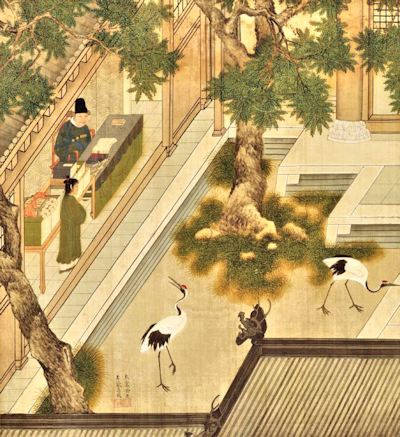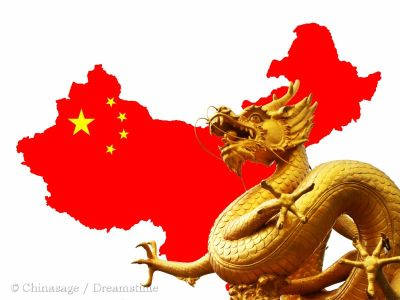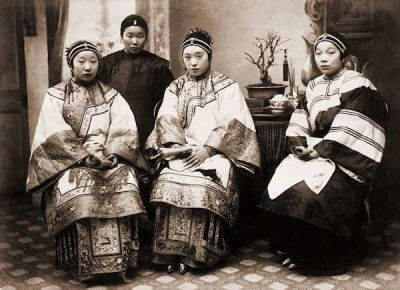Shanghai, China
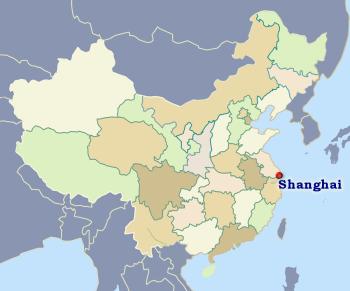
| Province | Shàng hǎi 上海 'up sea' |
| Short name | 沪 Hú |
| Capital | Shanghai City |
| Population | 24.871 million (1.76%) [23rd] comparison table |
| Area | 6,000 km2 [2,317 mile2] (0.06%) [31st] |
| GDP | 155,606 (15.47%) [4th] |
| Neighbors | Jiangsu Zhejiang |
| Others | or just click on the map |
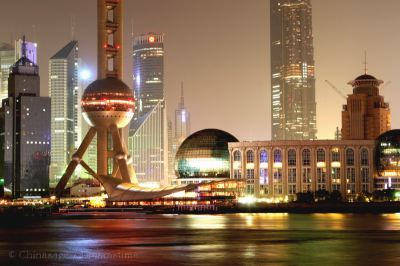
Shanghai is a rival with Beijing in the competition to be China's leading city. By population and trade it certainly wins the contest. For a country as old as China, Shanghai's importance has been precocious, it does not have the heritage of other ancient cities. As Shanghai is situated astride the Huangpu River ➚, close to Yangzi River's outflow to the sea, it is ideally situated to control the river trade into central China and quickly developed from a small Zhejiang fishing town in the 1840s (population 50,000) to be the huge metropolis it is today. Shanghai is divided by the Huangpu River, Puxi is the district to the west and Pudong to the east. It is one of the five municipal divisions of China with equal standing to provinces and considered China's most cosmopolitan city.
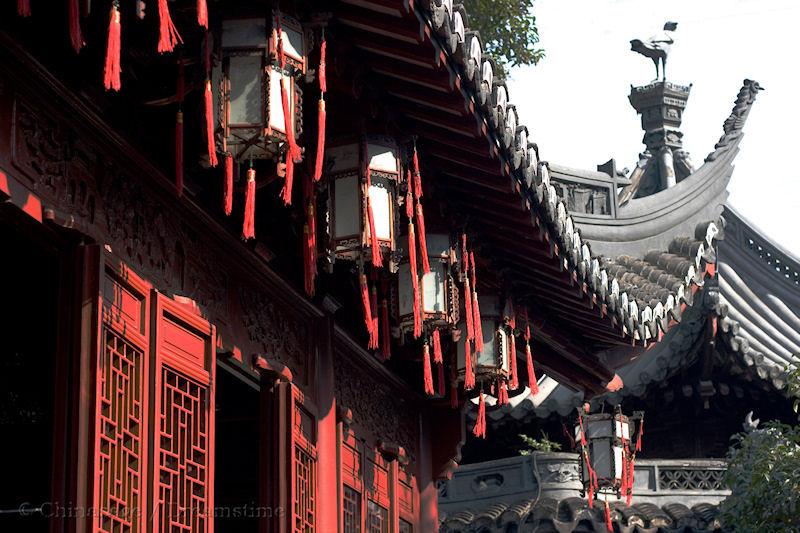
Places to visit in Shanghai
The Bund area of Shanghai (Zhongshan East Road) has a mix of houses of 'European' architecture of the early 20th century. There are few truly ancient sights to see in Shanghai. However, Shanghai Museum holds one of the finest collections of artifacts in the country.
The ‘Old Chinese City’ is further south from the Bund and has the narrow alleys, temples and markets typical of an old Chinese town. It has the famous traditional ‘Yu Gardens’ which were built in 1537 in Ming dynasty style. The Huxingting Teahouse stands in the middle of the gardens with its famous zig-zag bridge over a pool. This was made to deny access to demons as, according to feng shui they only travel in straight lines. The main shopping streets are north of the old city and run east-west - Nanjing Road and Huaihai Road.
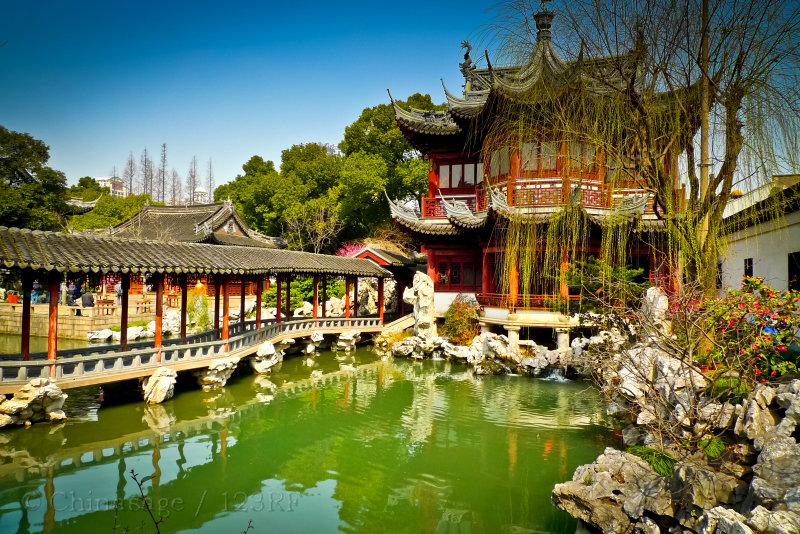
The former racecourse at Shanghai used by colonialists has been turned into the People's Park. A Buddhist Jufo Temple ➚ (Jade Buddha) built in the traditional style is of modern date. Jing'an Temple is another fine Buddhist building. Hongkou Park is a green area hidden among all the buildings, in the grounds is the grave of the great modern writer Lu Xun. A modest hill on the north-west edge of the city, She Shan 328 feet [100 meters] high, is the site of a large Catholic church built 1925-35. The Pudong district which was formerly a bit of a slum was opened for industrial development in 1999 and has grown very rapidly; its most famous landmark is the emblematic Oriental Pearl TV Tower ➚ which offers stunning views over the whole city.
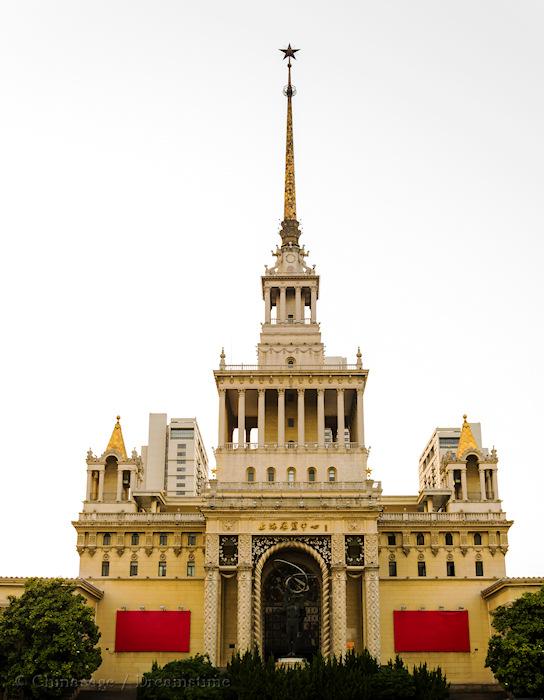
Shanghai History
Early development was initiated by an influx of foreign investment after the Opium Wars when Shanghai became a treaty port. It was developed at first by the British, and up until 1940 was known colloquially as ‘Britain’s front door to China’, the Hong Kong and Shanghai Bank (HSBC) founded by the Scotsman Sir Thomas Sutherland ➚ dominated early investment into China. Investors used the city's strategic position near the mouth of the Yangzi to develop the whole valley, far away from the Qing dynasty control imposed at Guangzhou and Beijing. It became China's first ‘modern’ city serving as both an example and a warning about modern urban development. At its heart were the International and French concessions - areas subject to foreign not Chinese law.
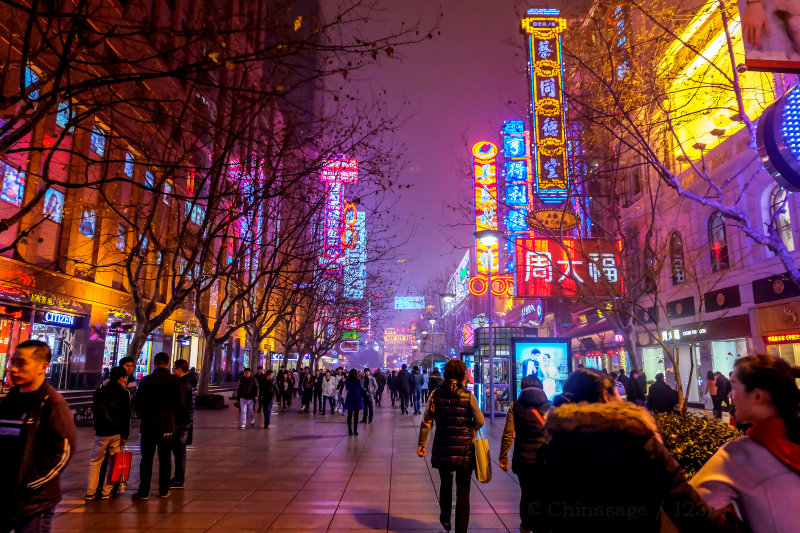
The city has always been important politically, Sun Yatsen arrived at Shanghai on Christmas Eve 1911, on the foundation of the Republic of China; Shanghai was the site of the First National Congress ➚ of the Chinese Communist Party in 1921. An influx of Russians fleeing Communist rule after the Russian revolution in 1917 added to the racial mix. The world famous Bund ➚ (外滩 Wài tān in Chinese) along the waterfront was established at that time. Shanghai then attracted a vibrant cosmopolitan culture and was called the ‘Paris of the East’. However most of the local Chinese had little money or influence, they provided cheap labor for the foreigners; a few locals managed to make a good living as middlemen. It became to subject to periods of industrial unrest and rebellion. The ‘May 30th Incident’ of 1925 at Shanghai commemorates the death of 11 people at a demonstration over the death of a worker ➚ at a Japanese textile factory. It led to the founding of the May 30th Movement and the national strike that followed disrupted all Chinese trade.
In 1927 the Nationalist Chiang Kaishek exterminated many of his former Communists allies in Shanghai using his connections with gang leaders by unleashing his White Terror campaign ➚. The population was then swelled with many Jews fleeing to Shanghai in the 1930s to escape Nazi Germany. The famous Spielberg film Empire of the Sun ➚ based on the book by J.G. Ballard gives an insight into life of the foreigners in Shanghai when the Japanese invaded Shanghai in 1941. By 1940 there were twice as many Japanese as British in the city. Following the Communist victory in 1949 Shanghai was pilloried as the epitome of decadent capitalism that exploited workers and it was not until the late 1990s that development took off. This was helped by President Jiang Zemin and Premier Zhu Rongji's association with Shanghai. The city is known colloquially as the ‘Head of the Dragon’ to reflect its leading role in China's recent economic development.

Geography
Shanghai can be very hot and humid in summer; spring and autumn are the best times to visit. As well as Mandarin, the local dialect Shanghainese (a form of the Wu language) is widely spoken. The city is one of the main centers for financial services, as well as car and computer production. It is built on very low lying land and is considered one of the most vulnerable cities in the world to a rise of sea level .
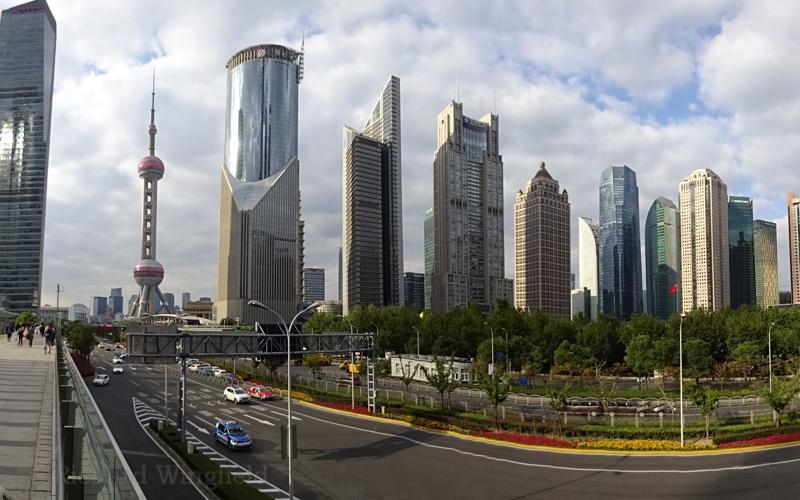
Airports
The airport has 2 terminals and is located 8.1 miles (13.0 kms) from Shanghai City. Live Flight information ➚, Airport information ➚, rank in China 8
International Links to :Many Countries
See map of location Shanghai Hongqiao International Airport
The airport has 2 terminals and is located 18.6 miles (30.0 kms) from Shanghai City. Live Flight information ➚, Airport information ➚, rank in China 2
See map of location Shanghai Pudong International Airport
Universities
Fudan University 复旦大学
Currently the highest ranked University outside Beijing and Hong Kong, Fudan is an old institution covering a wide range of subjects.. Undergraduates: 15700, Postgraduates: 11000, International students: 2812, GP World ranking 51Shanghai Jiao Tong University 上海交通大学
The University is one of the oldest academic institutions in China. Its early reputation was for producing high caliber engineers and scientists but now covers all major disciplines. It is also known by the acronym SJTU or Jiao Da.. Undergraduates: 16802, Postgraduates: 24495, International students: 1598, GP World ranking 70Shanghai University 上海大学
One of several Universities located in Shanghai, Shanghai University was founded in 1922 but then re-constituted in 1994 with parts of other institutions. It has a large undergraduate intake and covers all the main academic subjects.. Undergraduates: 26000, Postgraduates: 8000, International students: 3000, GP World ranking 415Tongji University 同济大学
The third of Shanghai's great universities, Tongji, was founded over a hundred years ago by the German government. It has a high reputation in engineering and architecture and retains a specialism in the German language.. Undergraduates: 21370, Postgraduates: 17385, International students: 1829, GP World ranking 345
Google map of Shanghai
Bing map of Shanghai ➚
Show Bing Map ➚
Shanghai Climate
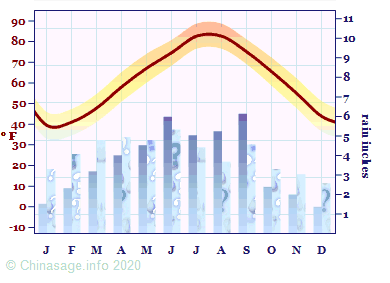
| Major Cities | Population | |
|---|---|---|
| Shanghai City | 上海 | 24,890,000 |
Book: A Map History of Modern China: Catchpole: Heinemann: 1976 pp. 22, 36, 42-46
Book: China : Eyewitness Travel: Dorling Kindersley: 2012 pp. 183-201
Book: China A to Z: May-lee Chai and Winberg Chai: Plume: 2007 pp. 212-213
Book: Encounters with China: Trea Wiltshire: Formasia Books: 1995 pp. 130-145
Book: Insight Guides: China: APA publications: 1994 pp. 253-259
Book: Lonely Planet: China: 1988 pp. 332-365
Book: Modern China: A companion to a rising power: Graham Hutchings:… pp. 373-377
Book: Mowrer in China: Mowrer: Penguin:1938 p. 26
Book: Nagel's Encyclopedia guide: China: Nagel: 1978 pp. 1042-1059
Book: The Scramble for China: Robert Bickers. Penguin: 2012 pp. 187-229
Web page: Shanghai (brookings) ➚
Web page: Shanghai Facts: Location: History: Events: Population ➚
Web page: Shanghai Travel: Shanghai Is The Pearl Of The Orient ➚
City populations for 2012, Province statistics National Bureau of Statistics 2014
